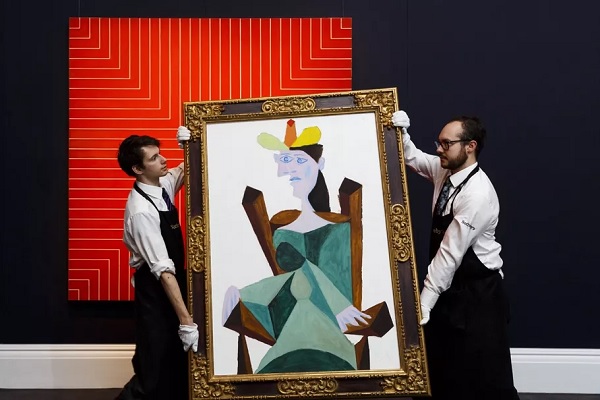
Exploring the investment potential of art, rare collectibles, and other tangible assets beyond traditional financial instruments
Investing in art, rare collectibles, and other tangible assets can offer unique opportunities for diversification and potential returns beyond traditional financial instruments like stocks and bonds. Here's an exploration of the investment potential of these alternative assets:
Art: Investing in art involves purchasing pieces of artwork with the expectation that their value will appreciate over time. Art can range from paintings and sculptures to photography and mixed media. Art investment requires careful research, as factors such as the artist's reputation, provenance, rarity, and market demand can significantly impact the value of a piece. While art can be a lucrative investment for those with expertise and access to the market, it's essential to recognize that art is a subjective asset class with inherent risks, including illiquidity and the potential for fluctuations in market demand.
Rare Collectibles: Rare collectibles encompass a wide range of items, including coins, stamps, antique furniture, vintage cars, rare books, and memorabilia. Investing in rare collectibles involves acquiring items that are scarce, historically significant, or culturally valuable, with the expectation of appreciation in value over time. Like art, the value of rare collectibles is influenced by factors such as rarity, condition, provenance, and market demand. Collectibles can offer diversification benefits and potential returns, but investors should be aware of the specialized knowledge and research required to navigate this niche market effectively.
Wine: Wine investment involves purchasing bottles or cases of fine wine with the expectation of capital appreciation. Investing in wine can offer potential returns driven by factors such as quality, vintage, producer reputation, and market demand. Wine investment requires expertise in wine valuation, storage, and market dynamics, as well as consideration of factors such as provenance, authenticity, and condition. Wine can be a tangible and enjoyable asset to own, but investors should be aware of the risks, including the potential for price volatility and illiquidity.
Rare Coins and Bullion: Investing in rare coins and bullion involves acquiring numismatic coins or precious metals such as gold, silver, platinum, and palladium. Rare coins are valued for their historical significance, rarity, and condition, while bullion serves as a store of value and hedge against inflation. Investing in rare coins and bullion can offer portfolio diversification and potential protection against economic uncertainty, currency devaluation, and geopolitical risks. However, investors should be aware of the risks, including price fluctuations, liquidity constraints, and the potential for counterfeit or fraudulent coins.
Antiques and Fine Furniture: Investing in antiques and fine furniture involves acquiring items of historical, cultural, or artistic significance with the expectation of appreciation in value. Antiques and fine furniture can include items such as antique jewelry, ceramics, silverware, clocks, and fine furnishings. Investing in antiques requires knowledge of art history, craftsmanship, and market trends, as well as consideration of factors such as condition, provenance, and authenticity. While antiques can offer potential returns and aesthetic enjoyment, investors should be aware of the challenges, including illiquidity, storage costs, and the need for specialized expertise.
In summary, investing in art, rare collectibles, and other tangible assets can offer diversification benefits and potential returns beyond traditional financial instruments. However, it's essential for investors to conduct thorough research, seek expert advice, and carefully consider the risks and challenges associated with these alternative asset classes. By understanding the unique characteristics and dynamics of the art market, rare collectibles market, and other tangible assets, investors can make informed decisions and incorporate these alternative investments into their overall investment strategy.
